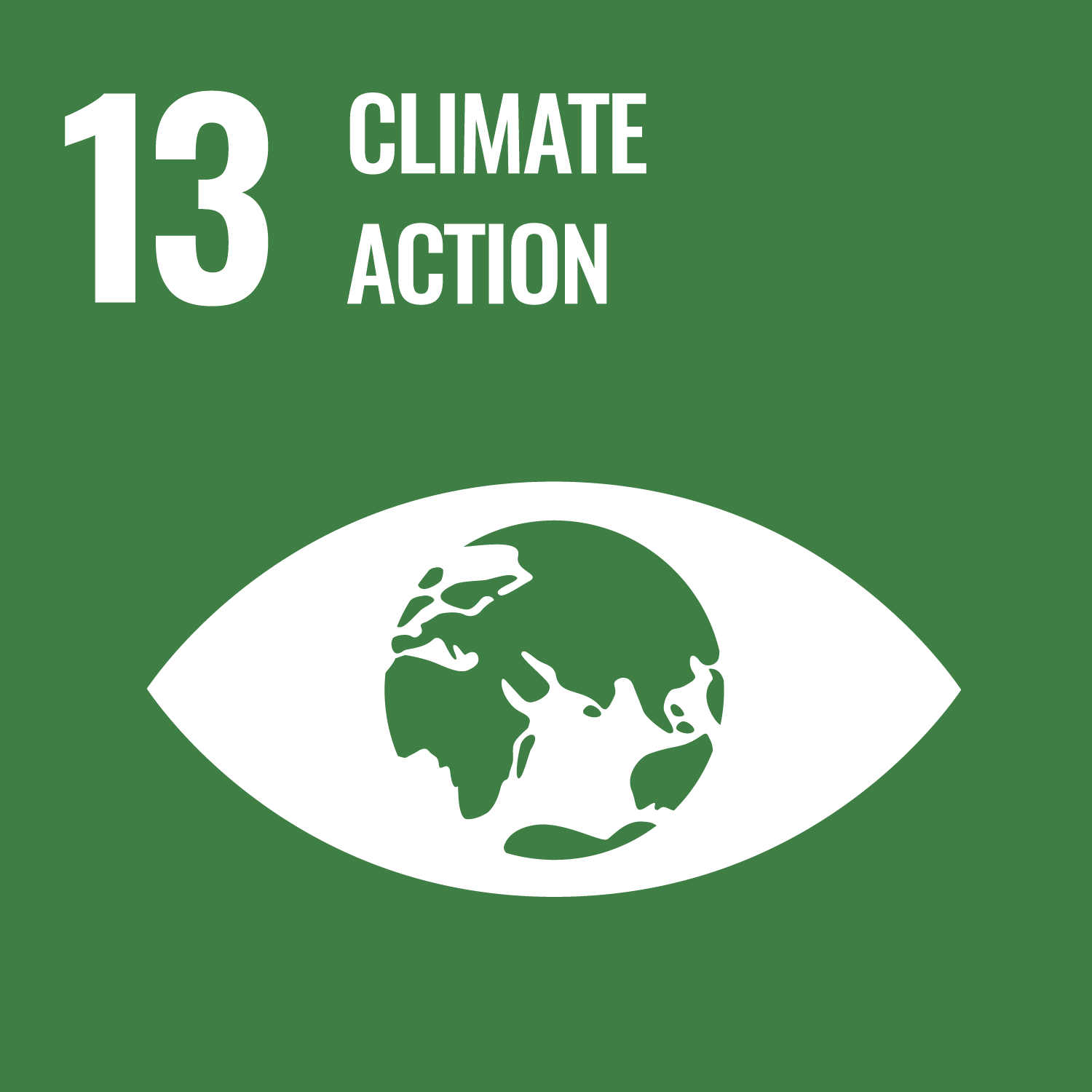ORCID
- C. N. Roberts: 0000-0002-9379-1598
- R. Fyfe: 0000-0002-5676-008X
- J. Woodbridge: 0000-0003-0756-3538
Abstract
AbstractFor more than a decade, scientists have argued about the warmth of the current interglaciation. Was the warmth of the preindustrial late Holocene natural in origin, the result of orbital changes that had not yet driven the system into a new glacial state? Or was it in considerable degree the result of humans intervening in the climate system through greenhouse gas emissions from early agriculture? Here we summarize new evidence that moves this debate forward by testing both hypotheses. By comparing late Holocene responses to those that occurred during previous interglaciations (in section 2), we assess whether the late Holocene responses look different (and thus anthropogenic) or similar (and thus natural). This comparison reveals anomalous (anthropogenic) signals. In section 3, we review paleoecological and archaeological syntheses that provide ground truth evidence on early anthropogenic releases of greenhouse gases. The available data document large early anthropogenic emissions consistent with the anthropogenic ice core anomalies, but more information is needed to constrain their size. A final section compares natural and anthropogenic interpretations of the δ13C trend in ice core CO2.
DOI Link
Publication Date
2016-01-01
Publication Title
Reviews of Geophysics
Volume
54
Issue
1
ISSN
8755-1209
Embargo Period
2016-09-01
First Page
93
Last Page
118
Recommended Citation
Ruddiman, W., Fuller, D., Kutzbach, J., Tzedakis, P., Kaplan, J., Ellis, E., Vavrus, S., Roberts, C., Fyfe, R., He, F., Lemmen, C., & Woodbridge, J. (2016) 'Late Holocene climate: Natural or anthropogenic?', Reviews of Geophysics, 54(1), pp. 93-118. Available at: 10.1002/2015rg000503


